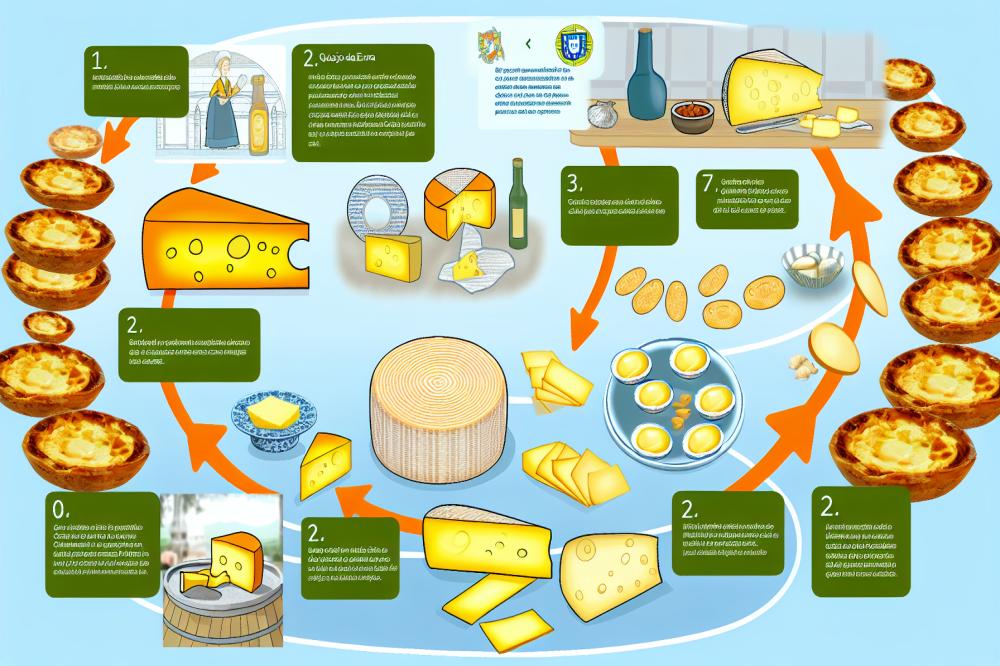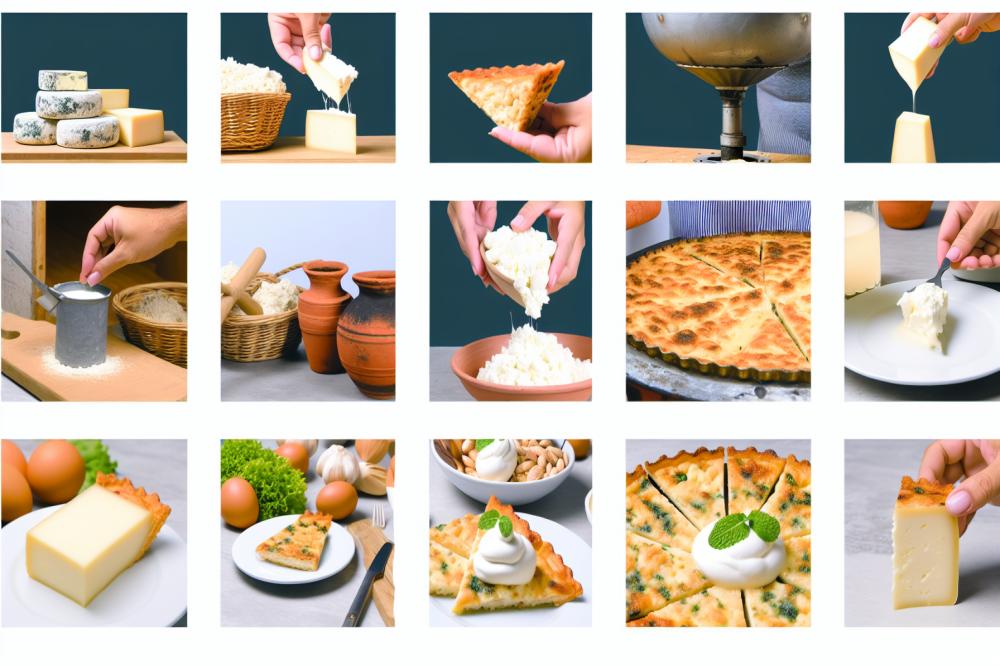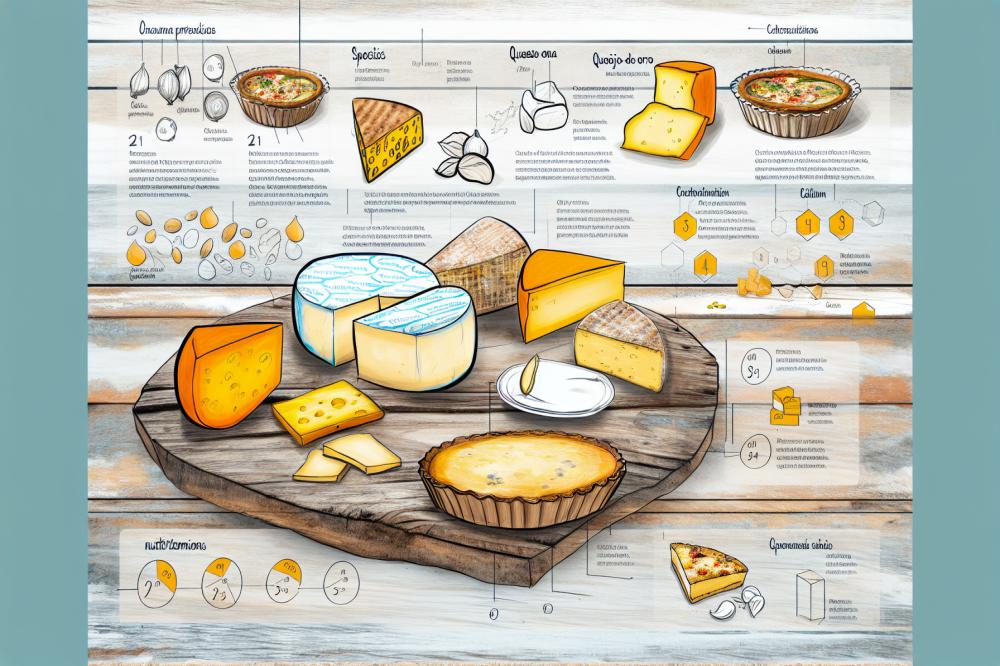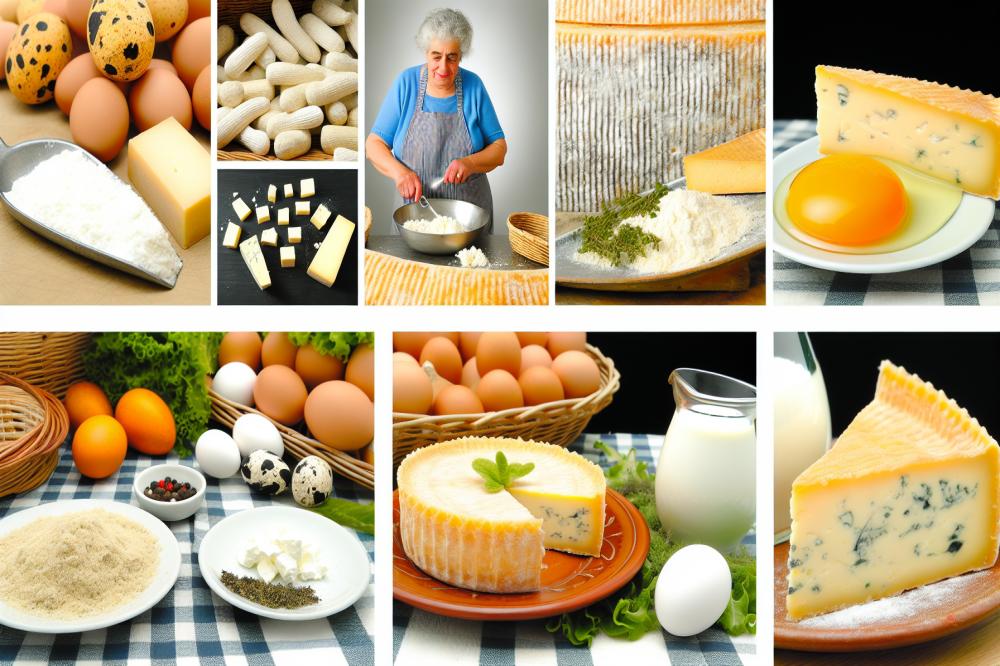Introduction
Portugal boasts an array of remarkable cheeses, each telling a story of the land and its people. From the creamy, rich flavors of Azeitão to the sharpness of Serra da Estrela, Portuguese cheese reflects the nation’s history and traditions. Among these delightful options, one stands out as a symbol of both authenticity and culture.
Queijo de Évora is a salty cheese, cherished for its deep-rooted connection to the Alentejo region. This cheese not only captures the essence of its surroundings but also serves as a vital part of local cuisine and customs. Its production has persisted through generations, ensuring that traditional methods remain integral to its creation.
Dating back to ancient times, the origins of this cheese are intertwined with Portuguese heritage. Farmers have crafted it for centuries, using local sheep’s milk. Each bite carries a taste of history. While many cheeses have evolved, Queijo de Évora holds its place as a testament to the enduring culinary practices of the past.
This connection to history makes the cheese significant in contemporary culture. It is not just a delicacy but a representation of regional identity. Consumption of this cheese in various dishes brings people together, reinforcing community bonds. The love for Queijo de Évora continues to thrive, pointing to its lasting legacy and importance in the world of Portuguese gastronomy.
Queijo de Évora

This traditional Portuguese cheese, known for its salty flavor, stands out in the world of dairy products. Made mainly from sheep’s milk, it boasts a rich, creamy texture. Its pale yellow hue catches the eye, while its distinct taste leaves a lasting impression on the palate. Often enjoyed as part of a snack or a meal, this cheese complements many dishes.
History and Origins
The history of this cheese is deeply rooted in the Alentejo region of Portugal. Ancient recipes have been passed down through generations, highlighting the significance of local sheep farming. Artisans in Évora crafted this cheese hundreds of years ago, influenced by both Roman and Moorish traditions. Over time, its production spread, becoming a cherished staple in Portuguese cuisine.
Production Process and Traditional Methods
Making Queijo de Évora involves skill and patience. First, fresh milk is heated, and rennet is added to curdle it. After the curds form, they are cut and drained. This process allows the cheese to develop its unique flavor. Salt is then incorporated, enhancing its taste with every bite. Aging the cheese for several weeks further enriches its texture and sharpness. Traditional methods remain crucial, with many producers following age-old practices.
Importance in Portuguese Gastronomy
This cheese plays a vital role in Portuguese culinary culture. It often appears on cheese boards alongside olives and regional bread. Its salty character pairs perfectly with wines from the Alentejo. Moreover, locals use it in various recipes, from savory pastries to hearty stews. Chefs and home cooks alike appreciate its versatility, making it a beloved choice in many households.
salty cheese

Salty cheese has a prominent place in many cultures. It is often enjoyed for its bold flavors and rich textures. Such cheeses typically have a firmer consistency, which can make them ideal for slicing and grating. Their salt content varies, but it usually adds a distinctive taste that enhances various dishes.
Characteristics of Salty Cheese
These cheeses can range from slightly tangy to intensely savory. They often possess a thicker rind that protects the interior from spoilage. Salty cheeses are made from different types of milk, including cow, goat, or sheep. The aging process contributes significantly to their unique profiles. Some may have a crumbly texture, while others might be more creamy.
Flavor Profile of Queijo de Évora
This particular cheese offers a complex flavor. It is known for its balance between saltiness and a subtle earthy note. Hints of nuttiness can also be detected, making it a delight for the palate. When tasted, its richness stands out, creating a satisfying experience. The cheese transforms simple dishes into something memorable.
Comparison with Other Portuguese Cheeses
Comparing it with other traditional Portuguese cheeses, each has its own charm. Queijo da Serra, for instance, is softer and creamier thanks to its unique production method. In contrast, Azeitão offers a stronger flavor that can rival the saltiness found in Évora. Even though they share similar origins, the flavor profiles are quite diverse. These differences show how regional traditions shape cheese-making across Portugal.
Culinary Uses and Pairings
This salty cheese shines in various culinary applications. It pairs wonderfully with crusty bread and fresh fruits. Craving something more substantial? Consider using it in savory pastries or atop roasted vegetables. A simple cheese platter with olives and nuts elevates any gathering. For wine enthusiasts, a robust red complements its flavors nicely, making each bite and sip a rewarding experience.
Recipe: Queijo de Évora Tart

This savory tart brings a delightful twist to your table. With its flavorful filling and buttery crust, it highlights the depth of the salty cheese while being easy to prepare. Here’s how you can make it at home.
Ingredients
- 250g of crumbled Queijo de Évora
- 200g of shortcrust pastry
- 2 large eggs
- 150ml of cream
- 1 tsp of black pepper
- Fresh herbs (optional)
Instructions
Start by preheating your oven to 180°C. Next, take a tart dish and line it with the shortcrust pastry. To avoid a soggy bottom, blind bake it for about 10 minutes. This will give the crust a good base.
In a separate bowl, whisk together the eggs and cream. Season the mixture with black pepper. If you decided to incorporate herbs, feel free to add them at this stage. Stir everything gently to combine.
Now, crumble the cheese into the bowl. Mix it in carefully so it stays somewhat chunky. Once blended, pour this filling into your pre-baked pastry. Bake the tart for 25 to 30 minutes. The top should be golden and set.
After removing it from the oven, let the tart cool for a while. Slice it into portions and serve it warm or at room temperature. Each bite promises a delightful balance of flavors.
Nutritional Information and Health Benefits

Examining the nutritional profile of Queijo de Évora reveals important components. This cheese contains a significant amount of protein, making it an excellent choice for those looking to build or repair muscle. However, it also has a considerable fat content, which is common in many cheeses. Understanding the balance here is crucial for those monitoring their dietary intake.
Cheese can provide several health benefits when consumed in moderation. For one, it can be a good source of calcium, which is essential for strong bones and teeth. Additionally, moderate cheese consumption has been linked to improved heart health. This is often due to the presence of nutrients that help manage cholesterol levels.
Including cheese as part of a balanced diet can be beneficial. It complements other food groups, enriching meals with flavors and textures. Pairing it with whole grains, fruits, and vegetables creates a more complete nutritional profile. This variety can help fulfill daily dietary requirements.
Many vitamins and minerals are found in this salty cheese. It offers vitamin B12, necessary for energy and red blood cell formation. Riboflavin, another vitamin present, contributes to body growth and red blood cell production. Furthermore, a good portion of phosphorus is included, which plays a role in maintaining healthy teeth and bones.
Final Thoughts
Queijo de Évora represents a significant part of Portugal’s culinary landscape. This salty cheese, with its ancient roots, adds depth and flavor to various dishes. Appreciating such a rich history fosters a deeper understanding of the culture from which it comes. By exploring local cheeses, one uncovers stories woven into the fabric of daily life in Portuguese communities.
Trying different varieties of cheese can open new taste experiences. Each type carries its own characteristics, shaped by the land and traditional practices of cheese-making. So, if you haven’t ventured into the world of Portuguese dairy, now is the ideal time to start. You may find surprising flavors that elevate your meals.
Consider giving a recipe featuring this delightful cheese a go. Cooking with it not only satisfies your palate but also connects you with the traditional methods that have been passed down through generations. Each bite serves as a reminder of the culinary heritage that deserves recognition and appreciation, making every meal a special occasion.



